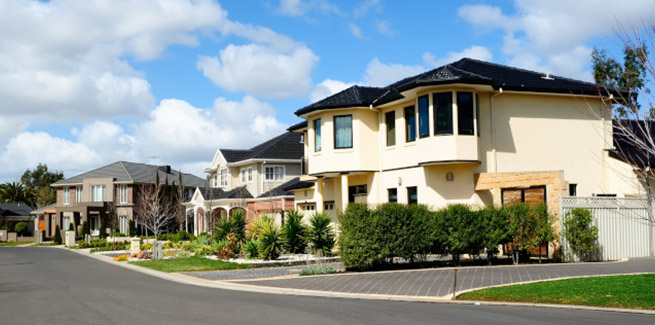CoreLogic analysed data around median days for a dwelling on market between the initial listing of a property and its contract date, which provides an indication of how buyer demand is shifting.
When days on market increase, it indicates slowing demand for property, which could potentially hand buyers more bargaining power. On the other hand, fewer days on market indicates that homes are selling faster, leaving less scope for negotiation.
Between March and September, days on market across Melbourne rose six days.
Commenting on the trend, Eliza Owen, head of research Australia at CoreLogic, said: “It is unsurprising to see this increase given the slowdown in transaction activity amid stage 3 and 4 restrictions, and the particular impact that COVID-19 has had on demand for property in Melbourne, which has seen relatively severe job and income loss.”
Ms Owen noted that the typical days on market were highest in the three months to July, easing to 36 in the three months to September, but higher than the 30 in the three months to March.
“This signals the start of a return to a seller’s market, although a return to stage 4 restrictions has disrupted this trend,” Ms Owen said.
There are signs of tighter conditions and higher demand than in the lead-up to COVID-19 in regional Victoria, where median days on market for dwellings fell by five days to 43.
Nationally, the median time on market for a typical dwelling was 45 days in the three months to September, trending higher than the 44 days during the March quarter.
According to Ms Owen, this suggests that demand has dampened slightly compared with the months leading up to the pandemic.
Before COVID-19 struck Australia, typical days on market were tight, with just 30 days on the market in April, “reflecting the upwards trajectory in prices and generally strong market conditions pre-COVID”.
However, in the three months to July, days on market rose to 44 days, before easing over September to 40 days.
Regional properties, on the other hand, have remained on the market for an additional 19 days compared with capital cities, indicating comparatively subdued demand from buyers in regional Australia.
The median time for regional properties on market over September fell to 57 days, which is lower than pre-COVID-19 conditions when properties were typically on the market for 59 days in the three months to March.
“With September signalling an improvement in housing market conditions amid a more accommodative lending environment, low cases of COVID-19 and higher consumer sentiment, typical days on market could start to trend lower,” Ms Owen.
“However, the data shows pockets of opportunity for buyer bargaining.”
In Sydney, properties typically took 36 days to sell in the three months to September, up from 28 days in the three months to June, while it took 57 days in regional NSW over the September quarter.
“As with the national results, days on market typically rose from the June quarter of 2020, and began easing in the three months to September,” Ms Owen said.
[Related: Melbourne drags national housing value]
 ;
;
